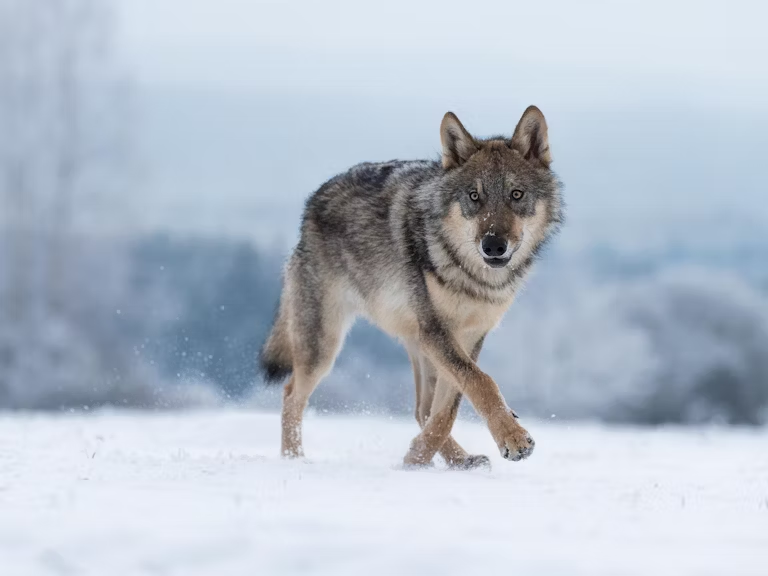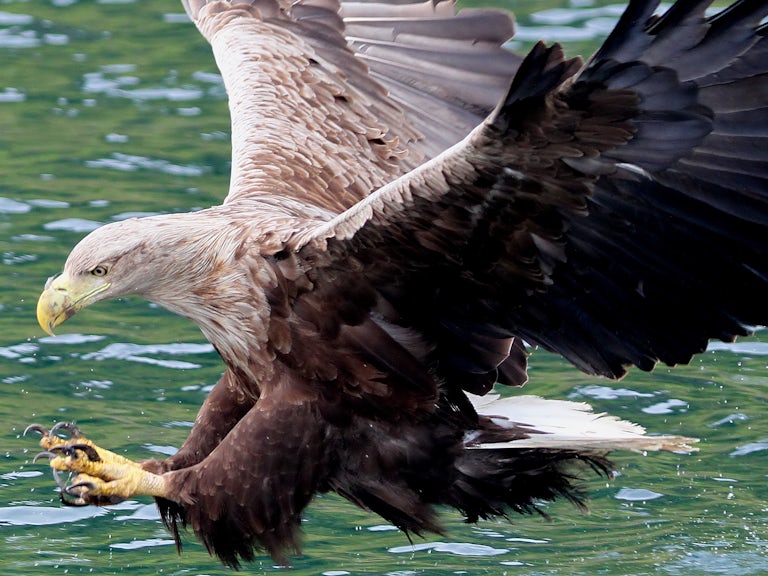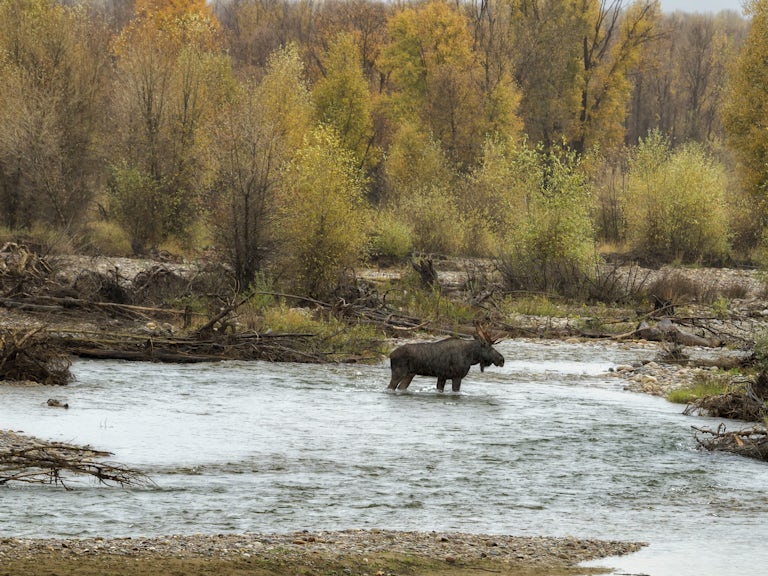Eurasian wolf
Canis lupus lupus
A vital top predator that can have a major impact on the landscape through influencing the behaviour of herbivores.
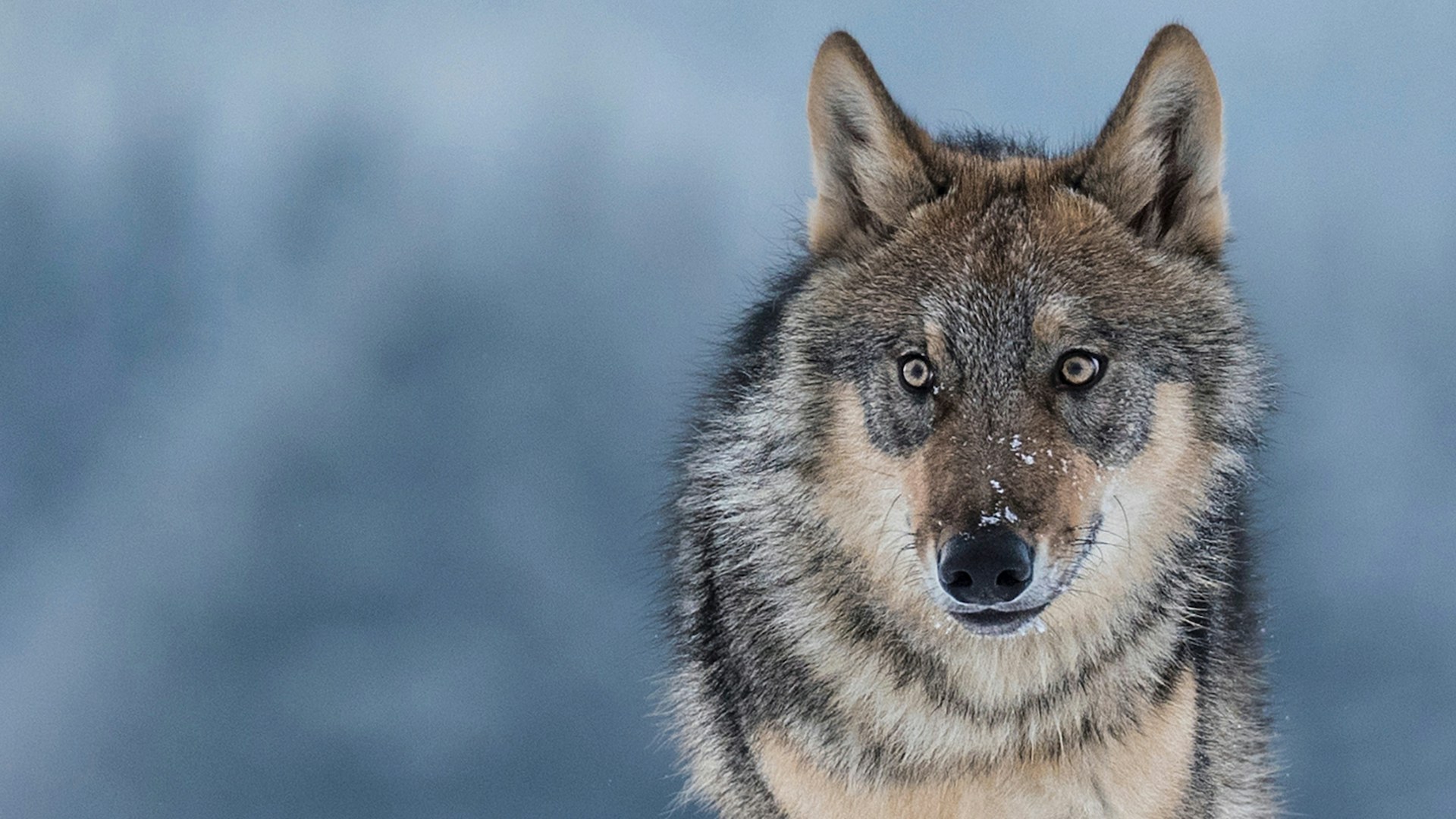
How it shapes the landscape
A keystone species, wolves, like lynx, alters the behaviour of its prey species, in this instance, primarily deer. This can reduce overgrazing and support the establishment of woodlands and mosaic habitats, which in turn boosts biodiversity and transforms landscapes. The carcasses of wolf kills provide food opportunities for many creatures, adding to abundance of wildlife.
Where it likes to be
Wolves like woodland and scrubland.
How much space they need
Wolves need a home range of tens of kilometres, with enough habitat and food to maintain a healthy pack. Studies have shown that wolves prefer to hunt wild prey, such as deer, wild boar and other ungulates. They will sometimes prey on livestock, often when they’re travelling alone if the pack has been disrupted or they’re a young wolf looking for a mate to establish their own pack. In mainland Europe, where wolves are present, the use of guard dogs and other protections can be effective, along with compensation schemes for livestock owners.
Background story
Wolves were the last of Britain’s top predators to be hunted to extinction. It’s believed they disappeared sometime in the 18th century, following centuries of persecution. Wolves were hunted and persecuted across Europe and went extinct across most of western Europe, hanging on places such as Italy, Poland and Bulgaria.
Since the banning of wolf hunting in Poland in the 1990s, the wolf population has been recovering and spreading west. Wolves have successfully established in Germany and reached as far as the Netherlands, Denmark and France.
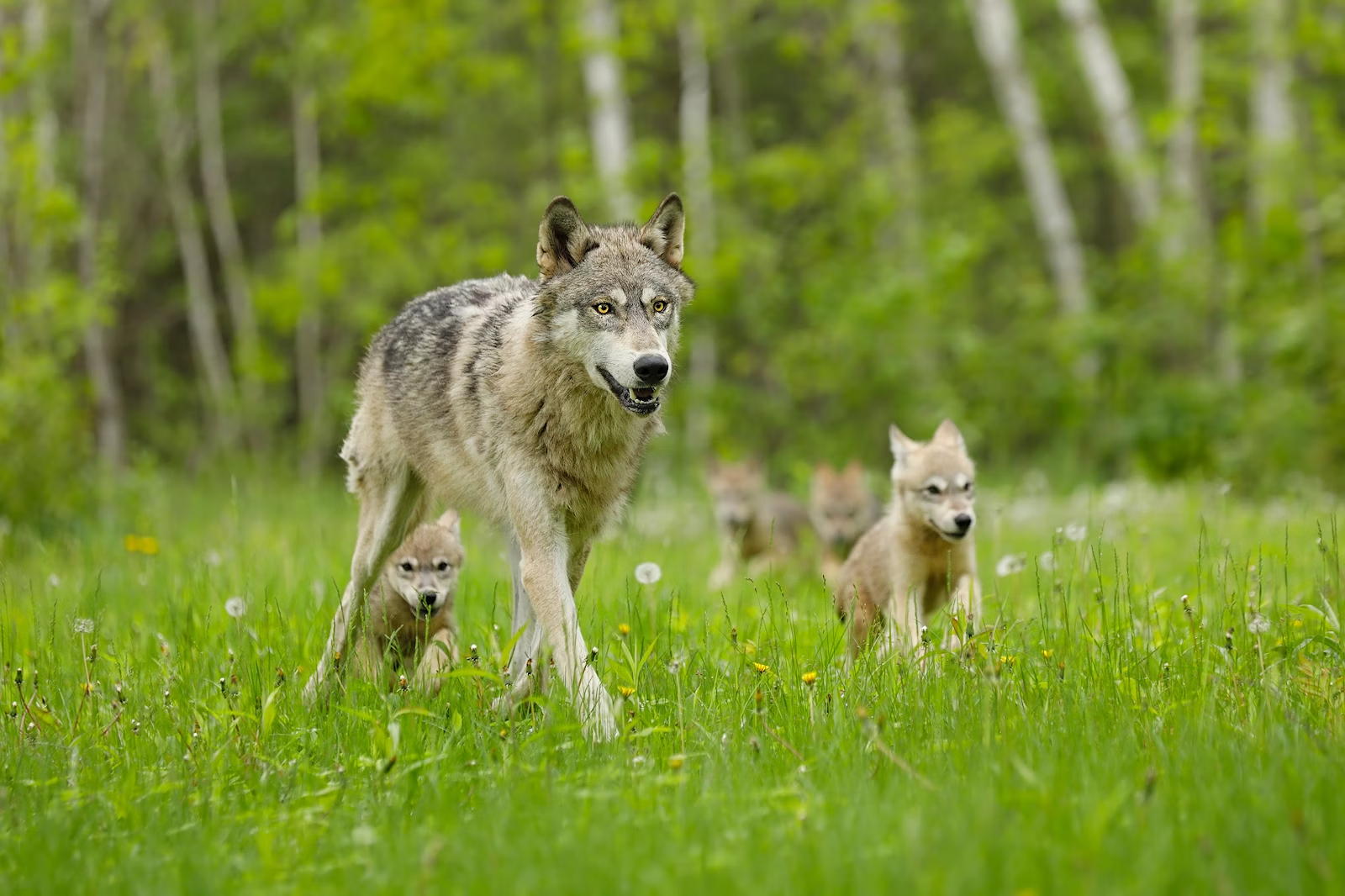
Can we have them in Britain?
Wolves are not coming back to the wild in Britain in the foreseeable future, because society is not ready. Wolves suffer from a long history of demonisation and myth-making. This is a key issue, because any government licence for a reintroduction would rightly require extensive public consultation, alongside detailed habitat assessments and consideration of issues such as livestock management and compensation schemes for any losses. We are aware of no rewilding projects actively working for wolf reintroduction to the wild in Britain.
The best candidate for reintroducing a large predator is the Eurasian lynx, and we are supporting the Lynx to Scotland project.
In summary
- Keystone species
- Britain’s last top predator to become extinct
- Preys primarily on red and roe deer, and to a lesser extent wild boar and beaver. They will prey on livestock in some situations
- Subject to much mythologising and demonisation, wolves live in family packs that closely mimic human family structures
- Wolves have naturally dispersed across most of Europe but still suffer persecution (often illegally)
